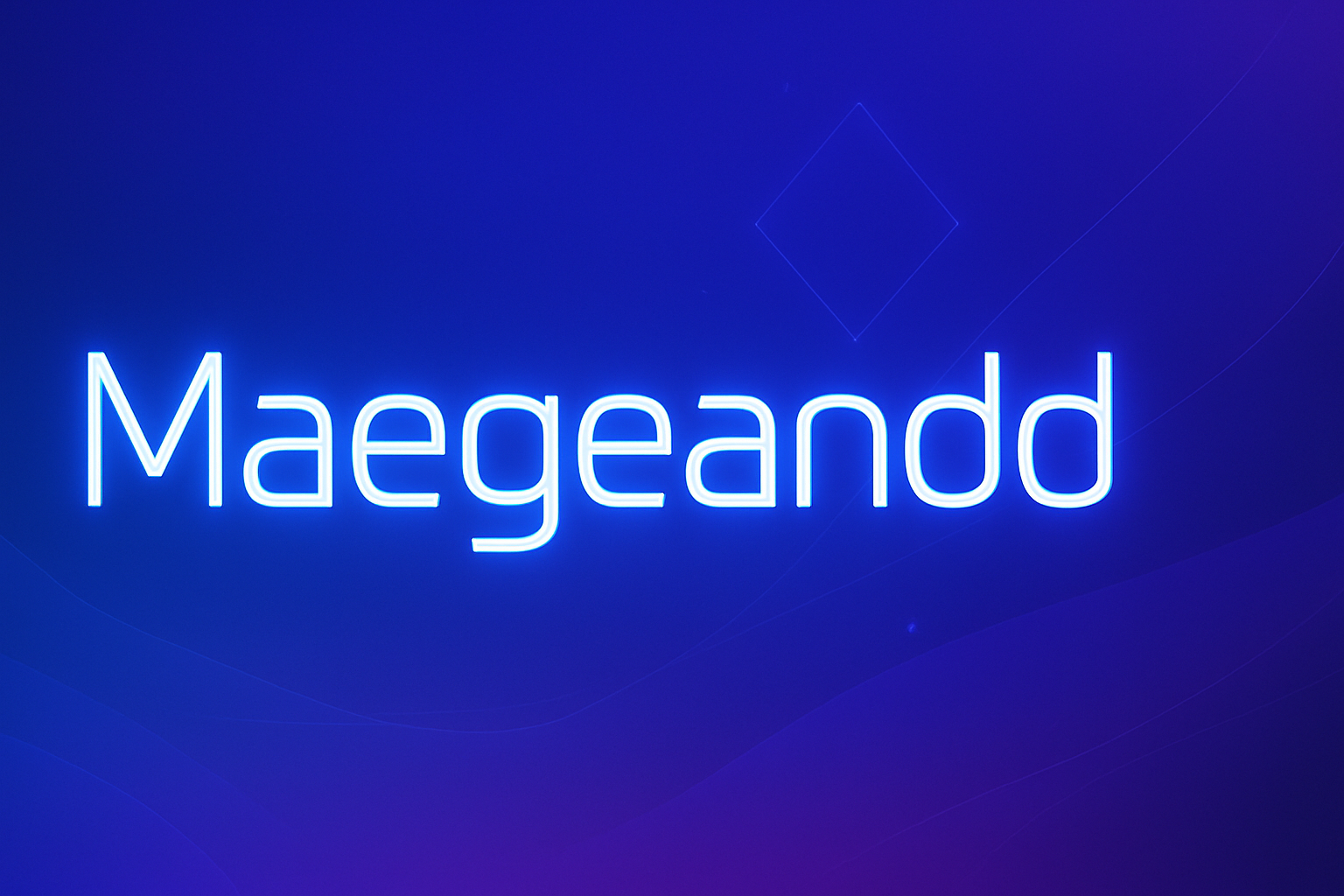The Power of NLP: Transforming Human Language into Data
In today’s digital world, where data drives decision-making, the ability to understand and analyze human language has become a technological breakthrough. Natural Language Processing (NLP), a branch of artificial intelligence (AI), enables machines to comprehend, interpret, and generate human language. From customer service chatbots to AI document processing and real-time translation tools, NLP is transforming the way we interact with technology.
What is Natural Language Processing?
Natural Language Processing is a subfield of artificial intelligence that focuses on enabling computers to understand, process, and respond to human language. Unlike structured data, human language is complex, filled with nuances, idioms, slang, and context-specific meanings. NLP combines computational linguistics, machine learning, and deep learning models to break down this complexity and extract meaningful data from it.
Whether it’s analyzing customer feedback, summarizing lengthy documents, or powering voice assistants like Siri or Alexa, NLP is the technology behind the scenes, making human-machine interaction seamless.
How NLP Converts Language into Data
At its core, NLP transforms unstructured text or speech into structured data that machines can understand. Here’s how the process typically works:
- Text Preprocessing
This step involves cleaning and preparing the text. It includes removing punctuation, stop words, and converting the text to lowercase. Tokenization (splitting text into words or phrases) and lemmatization (reducing words to their base form) are also crucial. - Syntactic and Semantic Analysis
NLP tools analyze sentence structure (syntax) and meaning (semantics) to understand context. This includes part-of-speech tagging, dependency parsing, and named entity recognition (NER). - Data Transformation
The processed data is then transformed into numerical formats (like vectors or embeddings) that AI models can use for further tasks, such as classification, prediction, or recommendation. - Actionable Output
Finally, the AI model uses the processed data to generate insights, classify content, answer questions, or complete tasks such as summarization or translation.
Applications of NLP Across Industries
The real-world applications of NLP are extensive and continue to grow rapidly. Here are a few key examples:
1. Customer Service and Chatbots
Businesses are increasingly relying on NLP-powered chatbots to handle customer queries. These bots can understand natural queries, retrieve relevant information, and provide personalized responses, enhancing user satisfaction while reducing costs.
2. AI Document Processing
Manual document handling is time-consuming and error-prone. AI document processing, powered by NLP, automates the extraction of key data from contracts, invoices, forms, and more. NLP models can read, interpret, and categorize documents with remarkable accuracy, making business processes faster and more reliable.
3. Healthcare
In healthcare, NLP is revolutionizing medical data analysis. It can extract information from clinical notes, research papers, and patient feedback to support diagnostics, treatment plans, and medical research. NLP also assists in detecting patterns and trends that might be overlooked by human analysts.
4. Search Engines and Recommendation Systems
Search engines use NLP to understand user intent, improving the accuracy of search results. Recommendation systems analyze user reviews and behavior using NLP to suggest relevant content, products, or services.
5. Translation and Accessibility
NLP plays a critical role in breaking language barriers. Tools like Google Translate and real-time transcription services rely on NLP to deliver accurate translations, making content more accessible across the globe.
Natural Language Processing and Artificial Intelligence
NLP is a cornerstone of artificial intelligence. It helps machines make sense of language, one of the most complex forms of communication. By combining NLP with machine learning, AI systems can be trained to improve their understanding over time. This synergy enables:
- Sentiment analysis to gauge public opinion
- Voice recognition for hands-free interfaces
- Content summarization to digest large volumes of text
- Email filtering to detect spam or phishing content
These capabilities reflect just how integrated NLP has become in everyday AI solutions, bringing us closer to more intuitive human-computer interactions.
Data Privacy and Ethical Considerations
As with any powerful technology, NLP comes with ethical concerns. The use of language data, particularly in sensitive domains like healthcare or finance, must comply with data privacy laws such as GDPR. Moreover, NLP models can sometimes inherit biases present in training data, which could lead to discriminatory or inaccurate results.
To build trust in NLP systems, developers and organizations must prioritize transparency, fairness, and user consent. Responsible AI practices are essential for ensuring that NLP benefits all users equally.
NLP and Facial Recognition: A Crossroad of AI Capabilities
While NLP focuses on understanding language, other AI technologies like facial recognition focus on visual data. Both serve as crucial components of AI systems designed to enhance user experience and security. For example, a smart authentication system might use facial recognition for identity verification and NLP for processing voice commands, offering a seamless multimodal interaction. This convergence of technologies underscores AI’s increasing role in enhancing the intelligence, security, and user-friendliness of digital systems.
The Future of NLP
The future of natural language processing is brimming with possibilities. With the rise of large language models (LLMs) such as GPT and BERT, NLP is reaching new heights in accuracy and contextual understanding. We can expect:
- More human-like interactions through voice assistants and chatbots
- Deeper language comprehension in multiple languages and dialects
- Real-time translation that preserves tone and intent
- Smarter summarization and content generation tools
In the business world, NLP will continue to streamline operations, enhance customer experiences, and generate insights from vast amounts of text data. Its ability to transform language into data positions NLP as a key driver of innovation across sectors.
Conclusion
Natural language processing is a powerful bridge between humans and machines. By converting everyday language into structured data, NLP empowers AI systems to interact with us more naturally, intelligently, and efficiently. Whether through AI document processing, customer service automation, or advanced analytics, NLP is reshaping how we use technology.
As advancements continue, the combination of NLP with other AI tools like facial recognition will open even more innovative pathways, leading to smarter, more intuitive digital experiences. In the age of artificial intelligence, understanding and leveraging NLP isn’t just an option—it’s a competitive necessity.











